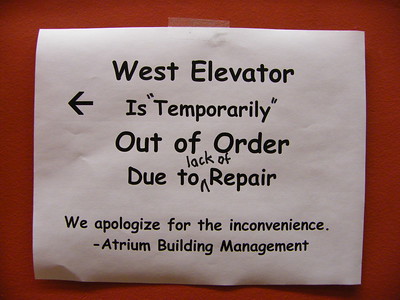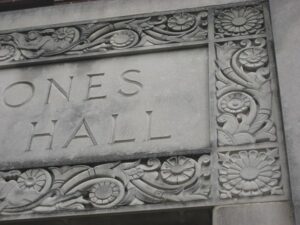The University of North Carolina revealed earlier this year that it faces a maintenance backlog of more than $1.1B. Aging HVAC systems account for about one-third of the total bill. Not to be outdone, the State of Illinois says that its prison system has a maintenance backlog of $2.5B. And no one puts the California State University system in a corner. CSU has about $6.5B worth of unfunded maintenance projects on hand, with another $3B in the pipeline over the next 10 years.
Maintenance backlog. Neglected maintenance. Unfunded maintenance. Deferred maintenance. Call it whatever you want. It represents a lack of foresight on the part of public administrations everywhere. Is it for lack of funding from the state, as many of these institutions claim? Is it poor management? The misdirection or misspending of an otherwise adequate funding stream? Maybe failure to recognize and prioritize maintenance costs?
You’ll never get to an agreement about why maintenance backlogs begin, and why they grow so quickly out of control. Community colleges are not immune to undone maintenance. Unlike state universities or state prisons, they do have a funding mechanism they can use to pay for expensive facilities repairs.
Community colleges can issue bonds. Truthfully, they can issue two kinds of bonds: one that gets paid for by a voter-approved tax stream over a defined period of years, and one that requires the institution to take money out of its operating revenues. Realistically, the only way a bond-funding strategy will work for addressing a large maintenance backlog is the voter-approved bond issue.
Eliminating the maintenance backlog for good
Taking money out of operational funds to repay bond debt doesn’t address the problem. It simply takes operational dollars away from the institution to pay off debt. Even issuing tax-backed bonds to address specific deferred maintenance expenses is kind of a one-trick pony.
A real solution – and one that ensures that community colleges will spend bond money only as proposed – is to amend MCL 380.1212 (again- it was just amended) – to permit community colleges to establish sinking funds for the express purpose of funding building maintenance; infrastructure repair and replacement; energy efficiency projects like HVAC system, roof, and window replacements; paving and drainage improvements; public safety improvements; ADA compliance and other similarly stiff expenditures.
The taxpayers would fund an ongoing revenue stream. The law strictly limits how institutions can use sinking funds. In Michigan, sinking funds are audited annually to keep shenanigans to a minimum. But it would give community colleges a steady, annual stream of purpose-limited money that would enable it to make timely facilities repairs and improvements.
Photo Credit: Michael Sauers, via Flickr























